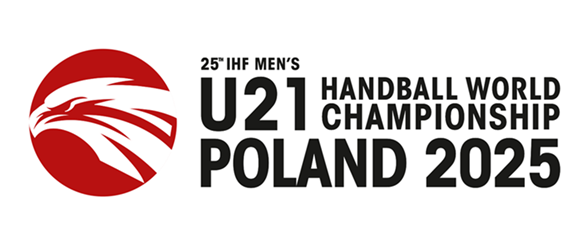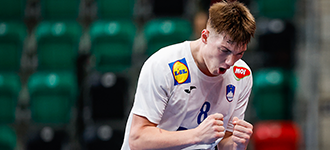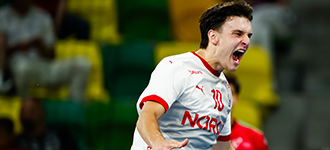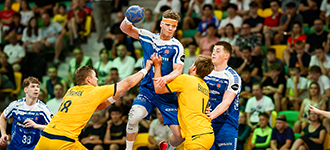The ultimate team: Denmark's recipe for fantastic numbers at the IHF Men's Junior World Championship
28 Jun. 2025
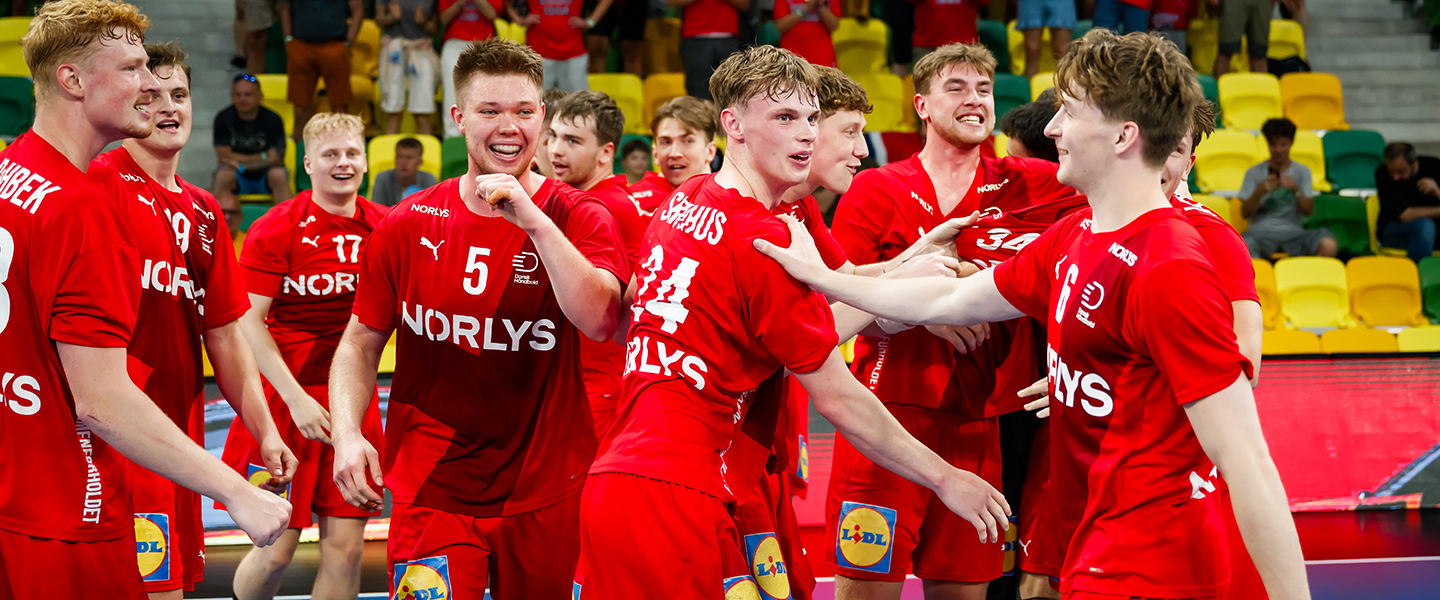
When handball is one of the most popular sports in the country, with children aged four of five already starting their first steps in the halls, it looks easy to channel that passion into creating new superstars.
But the truth is that is it far from easy. And every step of the way, Denmark have tried to improve and create a pipeline for talented players to reach their potential. Therefore, it is no surprise that at the IHF Men’s Junior World Championship, no other country has qualified for the final more times than the Scandinavian powerhouse.
A simple stat helps to understand the dimension of Denmark’s performance: from the 24 editions of the competition, Denmark made the final 10 times. That is 41.6% of all the finals in the the history of the IHF Men’s Junior World Championship.
And Denmark took part only 23 times, which takes the percentage to 43.4% in case of the editions they have taken the court. It makes for a fantastic reading.
“We have very good coaches who can identify talent in Denmark. They are very good and do a fantastic job. It is the reason why we are where we are now. It is that we have done a very, very good work back in the days,” said Denmark coach, Ulrik Kirkely, who led the current Under-21 team to the final of the 2025 IHF Men’s Junior World Championship in Poland.
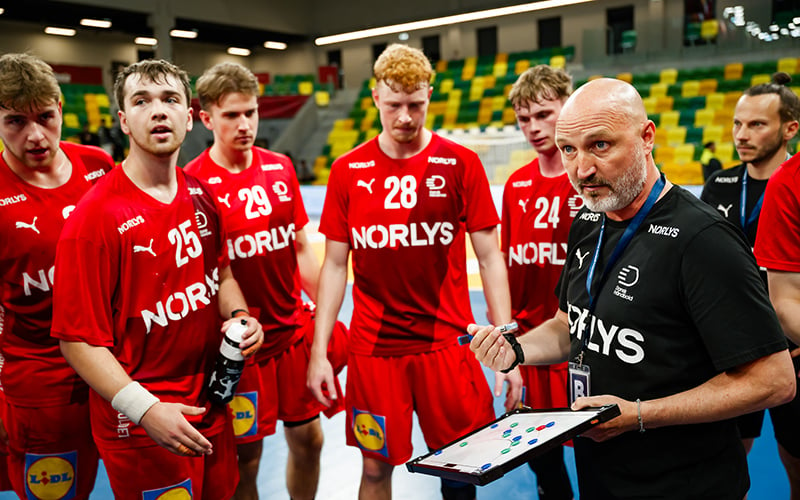
It is the first final for Denmark since 2017, when they settled for silver, after conceding a 38:39 overtime loss against Spain in the final. Players like Lasse Møller or Magnus Saugstrup were in that squad. Two years earlier, in Brazil, Denmark also secured the silver medal, losing the final, 24:25, against France, with Simon Hald Jensen, Jacob Holm, Mike Jensen, Magnus Landin Jacobsen or Saugstrup part of that generation.
And it all boils down to a strategy implemented more than a decade ago, when the Denmark Handball Federation understood that they have the system to develop young players and that the interest was there to be piqued.
That strategy has been tweaked in 2023, with a new model implemented to develop young talents, setting the direction for the future of handball in the Scandinavian country, with a particular focus on how the players are developed in the context of the changes happening in the society.
The focus was clear – while the players are at the front and centre of handball, no player is more important than the team, with creating a united front being at the forefront of the strategy.
“We believe that the current environment calls for new methods of training and developing players. It calls for a solid, values-based standpoint with our young talents at the centre. All of these players are dedicated, have a lot of talent, but they are also a product of the times they live in,” said Søren S. Frydendal, head of talent at the Danish Handball Association (DHF), according to the official website of the DHF.
The idea behind the strategy was to create joy and enthusiasm at all levels, with the young players who are happy and motivated will continue to play handball and perform better.
“The community is an important key to success. No one can do world-class, value-based talent development alone, and we are very aware that the clubs and other training environments form and are the framework for the development of the skills of a player. In addition, we focus on the development of the entire handball player throughout the entire handball life, and this is expressed, among other things, through a focus on more skill development and less selection,” concluded Frydendal.
That strategy is due to pay dividends – albeit a long-term ones – but the results on the short term are also impressive. The generation which qualified to the final of the 2025 IHF Men’s Junior World Championship is the one which has already played the final at the 2023 IHF Men’s Youth World Championship, where they lost against Spain.
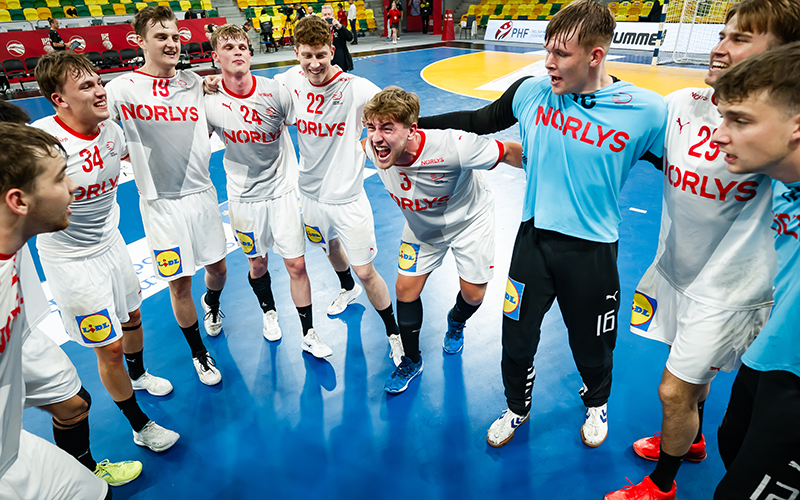
And the secret behind the good performances is involving, more or less, all the players in the squad throughout the competition. In the seven matches played so far at Poland 2025, Denmark had at least 11 different scorers in six matches, with the only blip on the radar being the quarter-final against Norway, where they only had eight different players on the scoresheet.
Against Morocco, 13 different players scored at least one goal. In the wins against Mexico, France, Romania and the Faroe Islands, 11 different players scored at least once. In the overtime win against Sweden, 12 players found their name on the scoresheet.
An amazing depth, which fueled Denmark’s quest for greatness and for their fourth title at the IHF Men’s Junior World Championship.
And the strongest attack in the competition, with 269 goals, an average of 38.43 goals per game, but Denmark’s top scorer after all teams have played seven matches is right wing Magnus Pedersen, who has 43 goals, enough for the 14th place in the top goal scorer standings.
“I think that when we play matches like this, you need to trust all players. And we did in the match against Sweden as well, so definitely it is a point which we focus on,” said Kirkely.
With Denmark dominating the senior IHF Men’s World Championship events, where they last lost a match in 2017, winning an unprecedented four titles in a row, the future looks good for the Scandinavian side.
But now all eyes will be on the final against Portugal, where Denmark will face the other unbeaten side so far at Poland 2025.
With a win, Denmark will secure their fourth world title and come closer to the record of five gold medals won by the Soviet Union. Nevertheless, Denmark have secured their 12th medal in 23 appearances, which delivers a fantastic hitrate of over 50%.


